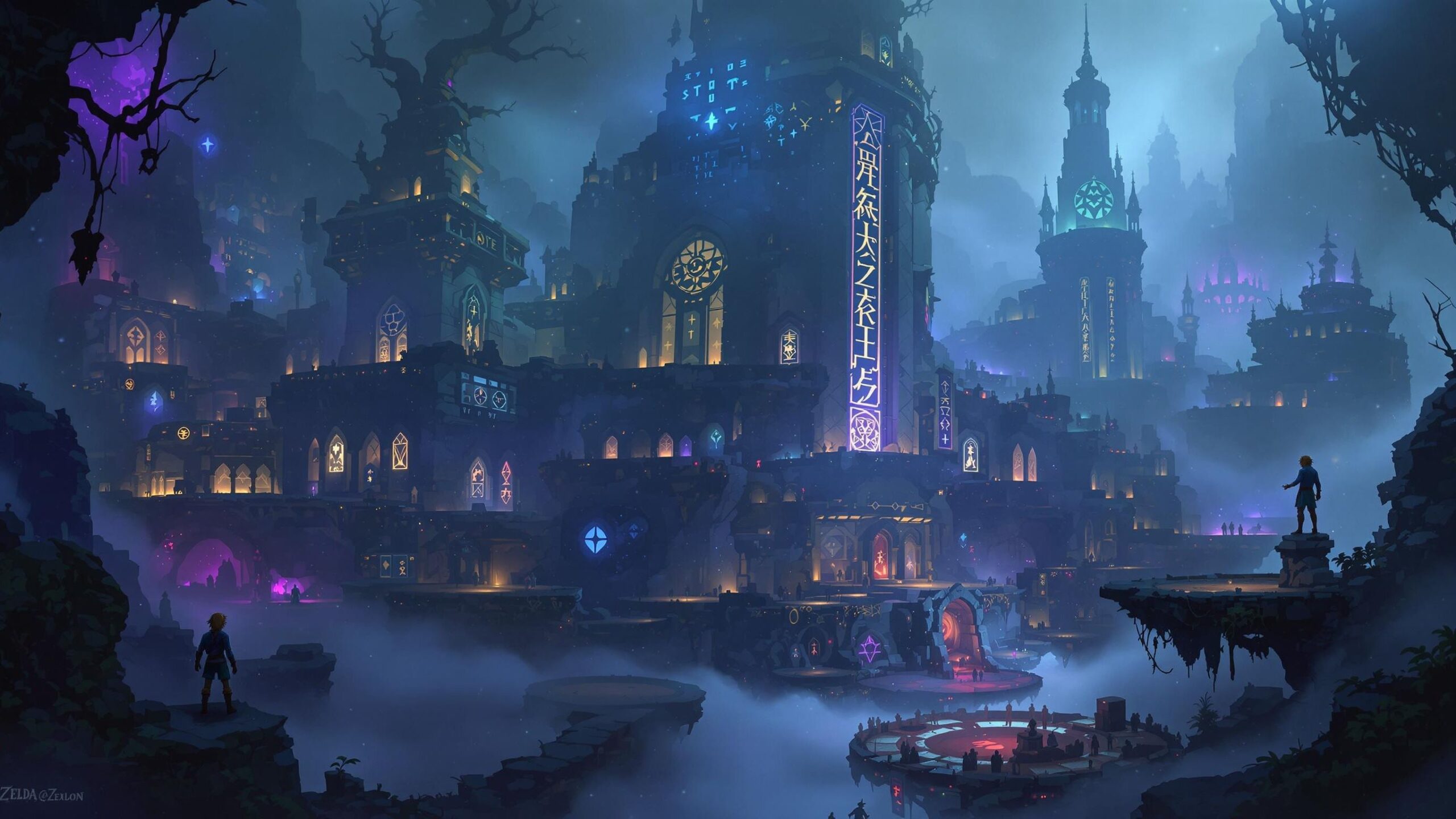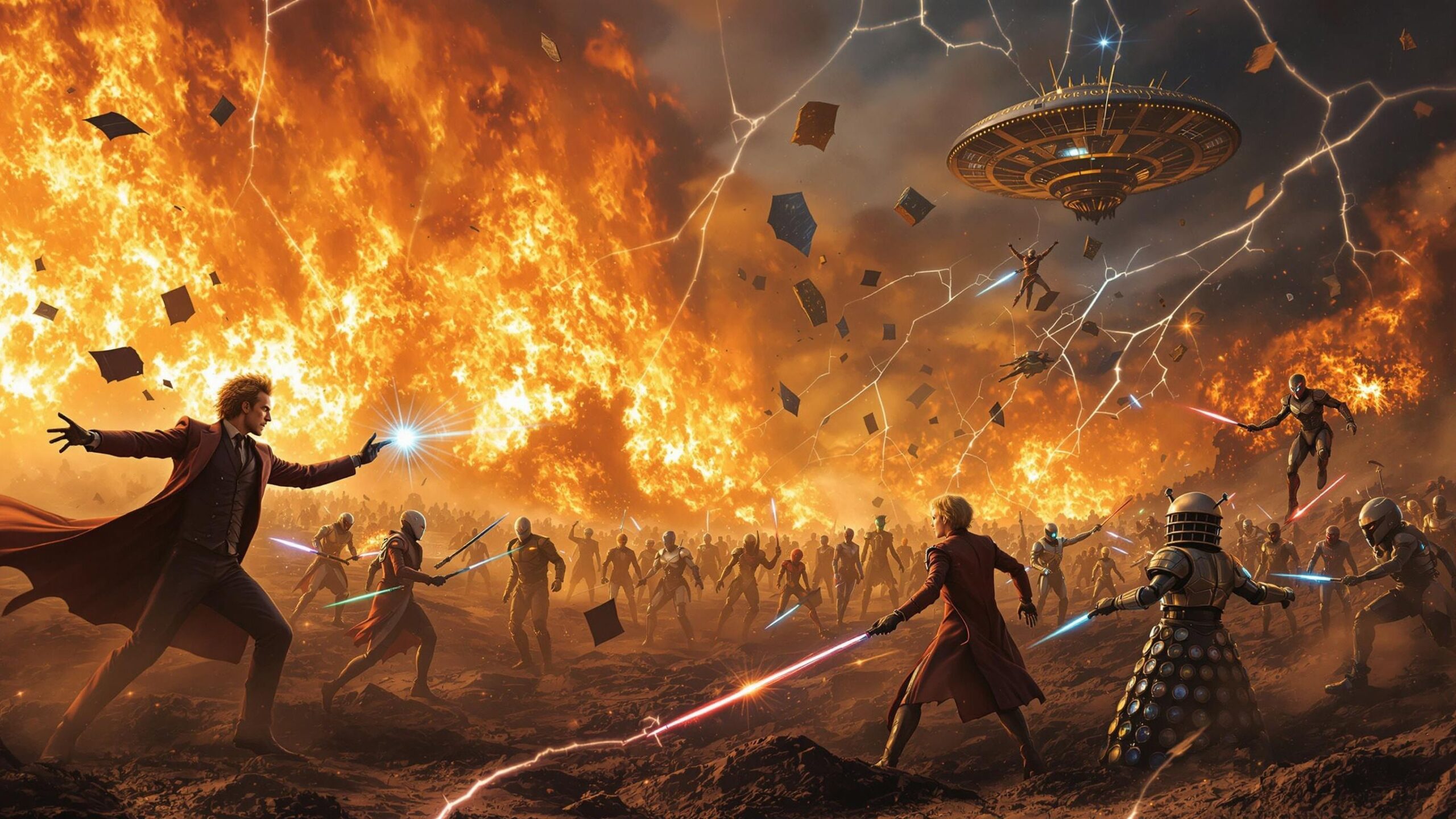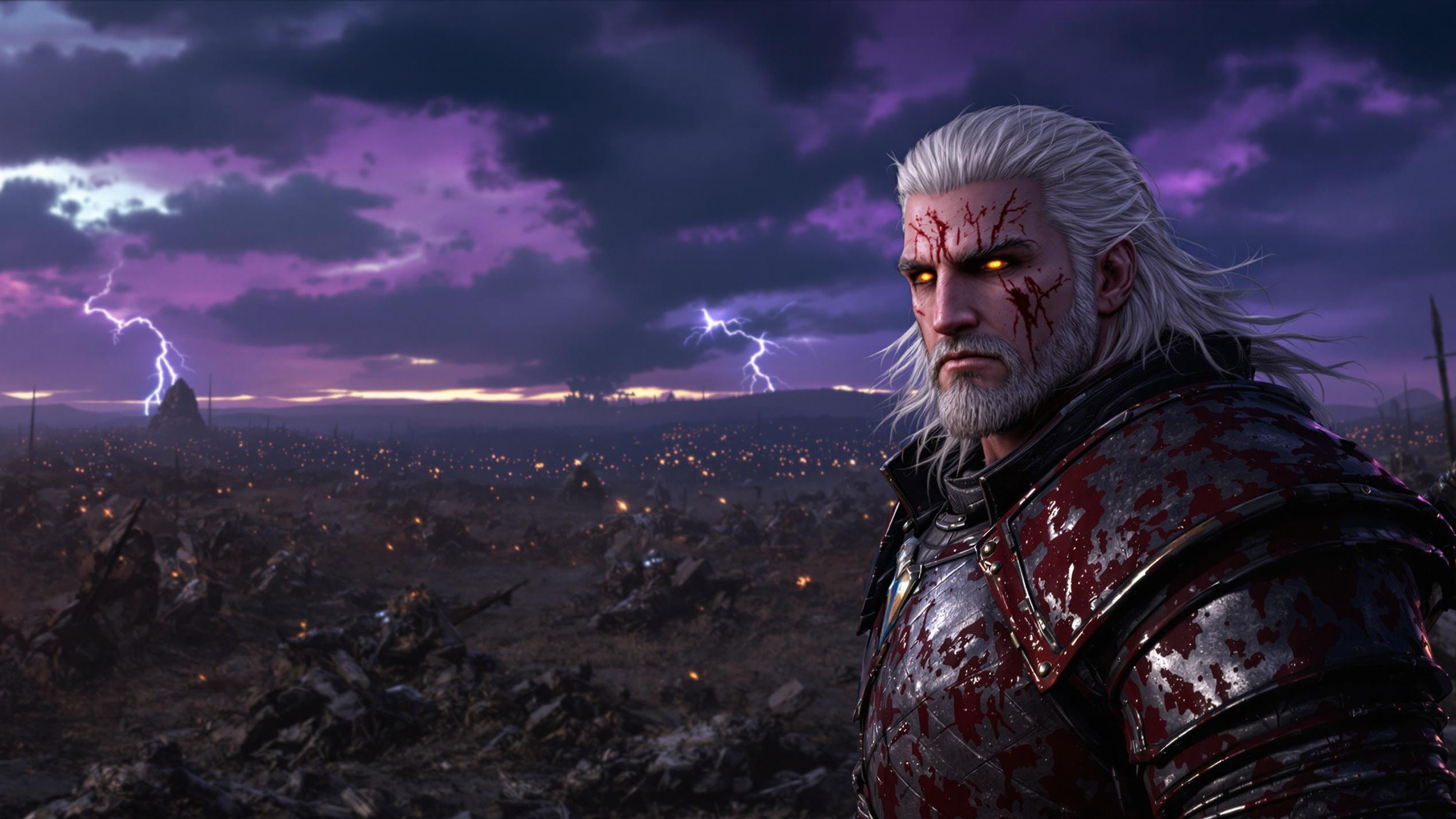The Legend of Zelda series has always been about more than just solving puzzles and defeating monsters—it’s about uncovering the hidden, the forgotten, and the cryptic. While each dungeon offers its own gameplay challenges, some go a step further, surrounding themselves in narrative ambiguity, eerie design, or lore that never quite gets explained. These places feel like more than just video game levels—they feel ancient, haunted, and sacred. They leave players wondering: who built this? Why does it exist? And what deeper secrets lie beneath the surface? From shadowy temples to underwater mazes, these are the top 10 Zelda dungeons that remain the most mysterious to this day.
#10: Sandship (Skyward Sword)
A dungeon disguised as a ghost ship in the middle of a desert? That’s already strange enough, but Skyward Sword’s Sandship goes even deeper. The entire dungeon shifts between two timelines thanks to Timeshift Stones, letting you explore the ruins in both their decayed present and their operational past. Questions remain about the ship’s origins, its connection to the ancient robots, and why it was buried in sand in the first place. The eeriness of a decaying mechanical vessel and its shifting state gives this dungeon a haunting sci-fi feel rarely seen in Zelda.
#9: Palace of Twilight (Twilight Princess)
As the final dungeon before facing Zant, the Palace of Twilight is visually stunning—and ominously cryptic. Bathed in a perpetual twilight hue and floating in a strange void, the entire area feels alien compared to the rest of the game. The twisted architecture, the unnerving silence, and the fact that it’s the home realm of Midna and the Twili people all raise deep questions. How did the Twili come to live in this place? Was it always corrupted? The dungeon hints at an entire civilization and tragic history without ever fully explaining it.
#8: Tower of Spirits (Spirit Tracks)
Functioning both as a central hub and dungeon in Spirit Tracks, the Tower of Spirits is a mystical structure that shifts and expands as you progress. But who built it? Why is it connected to the Spirit Train’s tracks and the very balance of the kingdom? There’s an aura of sacred duty surrounding the tower, and Zelda’s ghostly presence adds a bittersweet tone. The tower feels alive, ancient, and sacred—like a temple that guards secrets too powerful to fully reveal.
#7: The Earth Temple (The Wind Waker)
This eerie temple is crawling with undead creatures and steeped in a haunting soundtrack that immediately sets a mysterious tone. Guided by Medli, the Earth Temple isn’t just about light puzzles and ghosts—it also raises questions about the ancient tribes who once protected the Master Sword’s power. Why was such a sacred space left to rot? What exactly is its connection to the gods? Its decayed architecture and spiritual energy leave players feeling like they’re disturbing something that should have stayed buried.
#6: Stone Tower Temple (Majora’s Mask)
Stone Tower Temple is a fan-favorite for both its clever mechanics and disturbing lore. Located in Ikana Canyon—a land obsessed with death—it features a temple that literally flips upside down. Theories suggest the temple was built to mock the gods, or even as a gateway to the heavens (or hell). The inverted design, mirrored symbols, and unsettling atmosphere give it an occult flavor unlike any other dungeon in the series. Fans still debate what exactly the temple was meant for, and why it’s filled with such blasphemous imagery.
#5: Bottom of the Well (Ocarina of Time)
Short but unforgettable, the Bottom of the Well is terrifying and deeply unsettling. Beneath Kakariko Village lies a hidden horror filled with invisible enemies, torture devices, and the infamous Dead Hand. Why would such a place exist under a peaceful village? What was it used for? The answer is never made clear. The Well’s design implies ancient, cruel purposes—perhaps interrogation chambers or spiritual sealing grounds—yet it’s never fully explained. The mystery lingers in every bloodstained texture and ghastly whisper.
#4: The Sand Temple (Twilight Princess)
The Sand Temple introduces one of the most unique items in the series: the Spinner. But what really makes this dungeon mysterious is its vast emptiness, ancient ruins, and the haunting skeleton of its final boss, Stallord. Who was Stallord? What cursed fate kept him bound in the sands? The temple itself seems designed for rituals long lost to history, and the Spinner rails feel ceremonial rather than practical. There’s a deep, unspoken story buried beneath the sand that fans have only begun to piece together.
#3: Temple of Time (Twilight Princess)
We revisit the Temple of Time multiple times in Zelda lore, but in Twilight Princess, its appearance is especially baffling. It exists both in ruins and in its prime, thanks to magical manipulation. The fact that it’s hidden behind a sacred grove and only accessible via a time portal suggests that it was more than just a place of worship—it may have been a divine mechanism itself. What was its original purpose? And who had the power to seal and preserve it across eras? The mystery of time and divine architecture make this one unforgettable.
#2: Great Bay Temple (Majora’s Mask)
This mechanical labyrinth submerged in polluted waters is filled with rotating chambers, steam-powered engines, and a dizzying sense of motion. But what’s most mysterious is its origin—who built this complicated technological marvel in the middle of a bay? It feels alien, almost as if it predates the rest of Termina. The presence of the monstrous sea creature Gyorg only deepens the unease. With its mix of advanced design and natural corruption, the Great Bay Temple feels like a puzzle box the game never fully explains.
#1: Shadow Temple (Ocarina of Time)
If there’s one dungeon that sends chills through generations of fans, it’s the Shadow Temple. Hidden behind Kakariko Graveyard, it’s a nightmarish place filled with illusions, guillotines, and lore about Hyrule’s dark past. The text throughout the dungeon speaks of bloodshed, betrayal, and ancient horror. It’s implied that the Shadow Temple was used to execute enemies of the kingdom or contain evil—but no official story confirms this. Its macabre decorations, ghostly enemies, and hidden torture devices suggest a deep, disturbing history. The Shadow Temple doesn’t just challenge your combat skills—it haunts your imagination.
Zelda’s dungeons are more than just a series of puzzles—they’re ancient ruins whispering forgotten stories. These ten dungeons continue to puzzle and inspire players because they hint at something deeper—lost civilizations, forbidden knowledge, and unfinished legends. They remind us that in Hyrule, mystery isn’t just part of the gameplay—it’s part of the magic.




